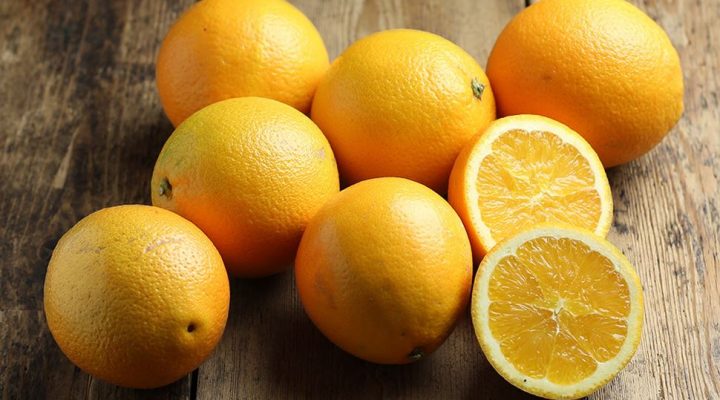Why is this year looking so different? Writes leading markets analyst Jack Scoville in his March update
FCOJ futures have entered a dull period. The weather is changing from Winter to Summer. The threat of a freeze is disappearing for another year, and it is too soon for the hurricane season to get underway. Prices have remained stable to weak with the change of the seasons, and this is not what normally happens.
History shows that prices usually rally at least a little bit at this time of year. This seems a little counter intuitive as this is usually a tranquil weather period in Florida with warm and dry weather. What usually happens is this: Speculators buy the market in the late fall in anticipation of a freeze even in Florida that could kill the fruit. Futures usually rally into the start of the Winter season due to all of the speculative buying. The calendar turns to the new year and no freeze appears. The producers start to sell futures to fix prices and speculators start to reduce their long position exposure as they start to lose money. Most of the prices are fixed and the speculative positions are liquidated by the end of the Winter. So, a short covering rally becomes possible and some of the processors also fix prices once the lows have been made. The market goes higher even though there is no apparent reason for this to happen.
This year has been different. Futures markets have traded sideways to down at a time when you might normally look for a rally. Why is this year so different? There are a couple of reasons. First, USDA shocked the market by estimating Oranges production in Florida at about 72 million boxes. This is an incredible recovery from last year when the state only produced about 35 million boxes. Production last year was hurt by bad weather and the Greening Disease that really cut production potential. The weather has been dry this year, but there has been enough rain and irrigation has been used to help production prospects.
The Greening Disease seems to be an afterthought now after the market saw its devastating impacts last year. No one is talking about the disease now even though there is no known cure for it and it should still be prevalent in Florida. The disease is not affecting production if it is still around! Production levels in the state are back close to normal levels after the big problems last year. The disease came from Brazil when one of the most powerful hurricanes ever hit both South and North America several years ago, and it has affected Brazil production for years. But, the US production has been less affected and seems to be recovering
Demand remains a problem for the market. Many people have switched away from juice due to ideas of too much sugar in the juice and other bad health effects they perceive. They are popping pills for Vitamin C and only drinking juice on occasion. This trend has been going on for years and has been a very detrimental one for the producers in Florida, where the vast majority of the juice in the US is produced. The US has hurt itself in the world market. The largest importer of FCOJ in the world is Europe, and we have a trade and tariff war going on with the Europeans. FCOJ exports to Europe have really suffered, and the EU is sourcing more and more juice from Brazil. Florida producers hope that the US comes to an agreement with the EU sooner rather than later so this important market opens up again. Right now, however, the US government is focused on coming to terms with China and a deal with the EU is on the back burner.





